The Truth About Upgrading Your Home Heating System
Is it time to replace your old, inefficient furnace? Most homeowners wait until their furnace stops working altogether before considering an upgrade. However, replacing an aging furnace with a new, energy-efficient model can save you money on energy bills and improve your home’s comfort.
This article will cover everything you need to know about new furnace costs and help you decide if upgrading now is the right move. We’ll look at average furnace replacement costs, ways to save, energy-efficient upgrades to consider, the installation process, and maintenance tips. With the right information, you can make an informed decision about investing in a new furnace.
A high-performing furnace can make a big difference in how comfortable and affordable your home feels. Read on to learn why upgrading your unit could be one of the wisest investments you make in your home.
When to Consider a New Furnace
Deciding when it’s time to replace your furnace is an important consideration for any homeowner. There are a few key signs that indicate it may be time to invest in a new furnace:
When repairs are too frequent – If your furnace constantly needs repairs and the issues persist even after fixing, this is usually a sign that the system is too old and worn out. Frequent breakdowns often end up costing more overtime than just replacing the unit.
When energy bills are high – An older, inefficient furnace could be costing you hundreds of dollars per year in wasted energy. If your bills seem unusually high given your home’s size, a new energy-efficient model can often pay for itself over time through utility bill savings.
When a furnace is over 10-15 years old – The average lifespan of a furnace is 15-20 years. Once a furnace reaches 10-15 years old, it’s generally nearing the end of its expected working life. Replacing it before any major issues occur can prevent being stuck without heat when you need it most.
If your furnace shows any of these signs, it’s a good indicator that looking into a replacement may be worthwhile. A new model will provide improved efficiency, lower repair costs, and greater reliability.
Factors Affecting New Furnace Cost

The cost of a new furnace depends on several key factors:
- Type of furnace: Gas furnaces tend to be less expensive than electric furnaces. Gas furnaces have an average cost of $2,000-$6,000, while electric furnaces range from $1,200-$4,700.
- Size of home: Larger homes require more powerful, and therefore more expensive, furnaces. Furnace size is measured in BTUs (British Thermal Units). The required BTU output depends on the size of your home. More BTUs equates to a higher furnace cost.
- Energy efficiency rating: The minimum AFUE (Annual Fuel Utilization Efficiency) rating for new furnaces is 78%. However, choosing a model with a high AFUE of 90% or more will cost more upfront but can lead to significant energy savings over time.
- Brand: The brand and model of the furnace impacts the price as well. High-end brands like Lennox, Trane, and Carrier tend to cost more.
Average New Furnace Costs
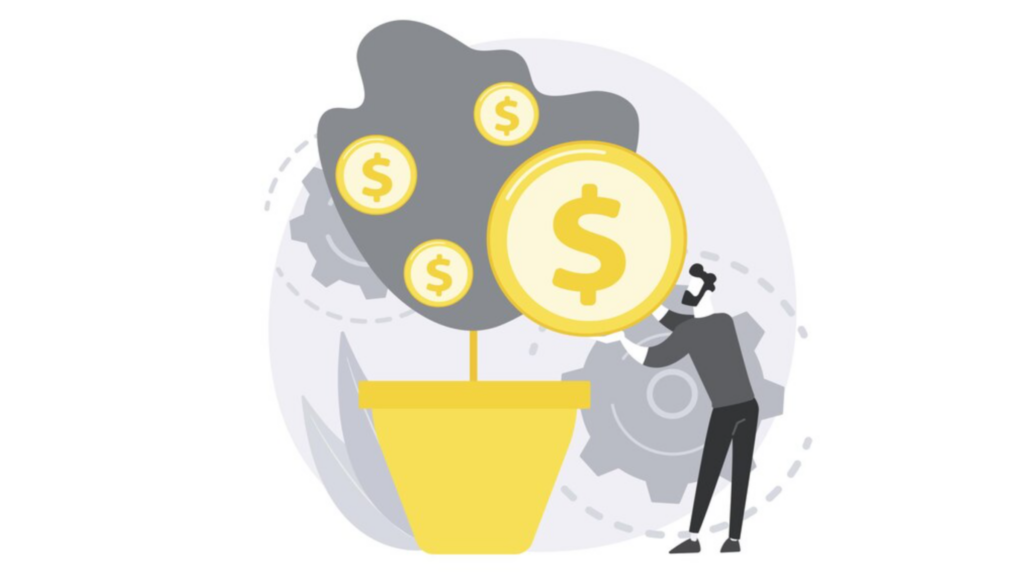
The average cost of a new furnace can vary greatly depending on the type of furnace you choose. Here’s a breakdown of average costs by furnace type:
Standard gas furnace – $2,000 to $3,500 installed. This is the most common and affordable type of furnace. Expect to pay around $2,500 for a mid-efficiency gas furnace sized appropriately for your home.
High-efficiency gas furnace – $3,000 to $6,500 installed. These Energy Star rated units can reduce your heating costs by up to 30%. Expect to pay $3,500 to $5,000 for a good quality high-efficiency gas furnace installation.
Electric furnace – $1,200 to $4,500 installed. One of the most affordable new furnace options, but electric heat is expensive to operate. Expect to pay $2,500 to $3,500 for a new electric furnace.
Dual fuel heat pumps – $4,000 to $8,000 installed. Combines an electric heat pump with a gas or propane furnace. Expect to pay $5,000 to $7,000 installed.
Geothermal heat pumps – $5,000 to $20,000 installed. It can greatly reduce energy costs but the upfront cost is steep. Budget $10,000 to $15,000 for most homes.
The size of your home, local labor and materials costs, and the complexity of the installation will also impact the overall furnace replacement cost. Get multiple quotes to find the best deal.
Ways to Save
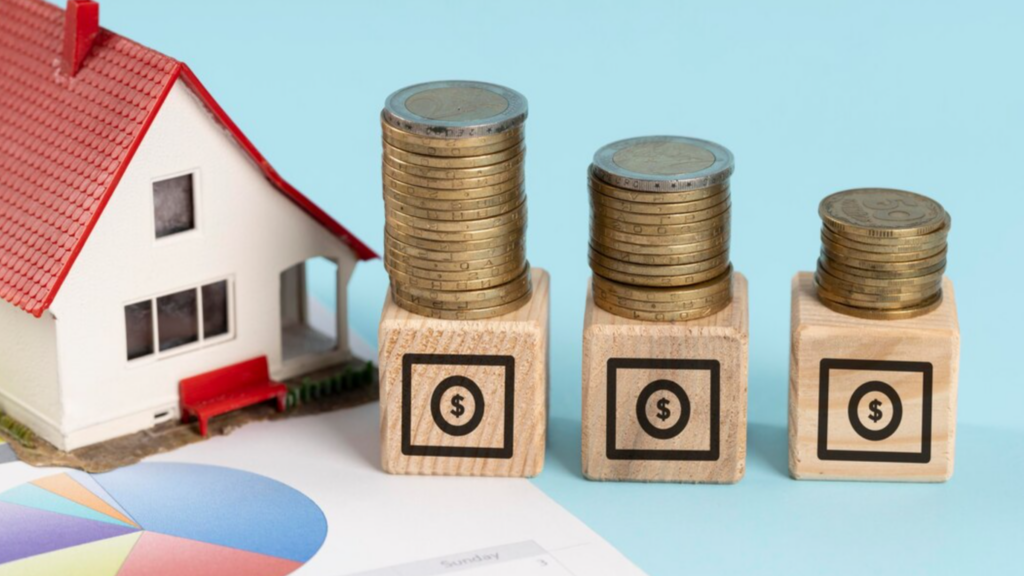
When buying a new furnace, there are some ways you can save money and still get a quality unit. Here are a few tips:
- Look for rebates and incentives. Many utility companies and even manufacturers offer rebates and incentives for installing a high-efficiency furnace. These can save you anywhere from $100 to $1,000 on the total cost. Be sure to research available rebates before purchasing.
- Install in the off-season. Prices are often lower if you can wait to install a furnace in the spring or fall rather than the busy winter season. This is when HVAC companies offer discounts to fill their schedule during slower times.
- Get multiple quotes. Be sure to get quotes from 3-5 HVAC companies before choosing one. Comparing multiple bids can help you find the best deal and avoid overpaying.
Energy Efficient Upgrades
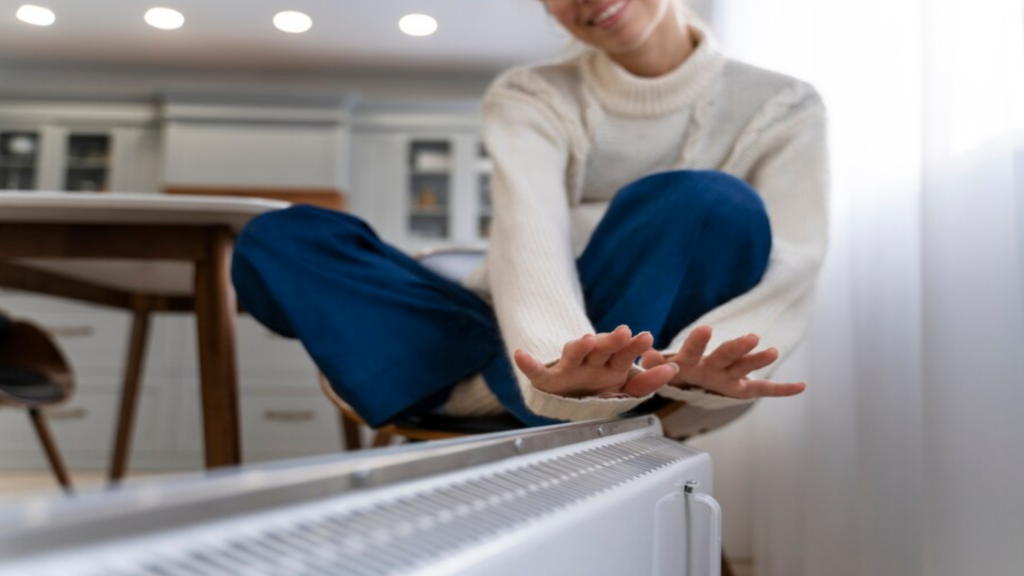
One way to potentially save on a new furnace is to look at energy efficient models. While they often cost more upfront, energy efficient furnaces can pay for themselves over time through lower energy bills. There are a few types of energy efficient furnaces to consider:
- Two-stage furnaces – These have two levels of heat output, allowing them to better match the heating needs of the home. They run at low capacity during milder days and switch to high capacity when it gets colder. This avoids inefficient on/off cycling.
- Modulating furnaces – These furnaces can continuously adjust their heat output based on demand. They provide just the right amount of heat to maintain the set temperature, saving energy.
- Variable speed furnaces – The blower fan has variable speed settings, allowing it to operate more slowly and quietly during mild weather. Variable speed motors are also more efficient overall. During cold weather, the fan speed increases for improved circulation.
Upgrading to one of these more advanced furnace types means you’ll get more consistent heating, lower energy bills, and a quieter system. The upfront cost is higher but focus on the long-term savings when making your decision. An energy efficient furnace will save money year after year.
Installation Process
The installation process for a new furnace involves several steps. The first is to get the proper permits from your local building department. This ensures the installation will meet all codes and regulations.
Next, the old furnace unit is removed. This involves disconnecting all the ductwork, gas lines, electrical connections and venting. Proper disposal protocols should be followed.
Once the old unit is removed, new ductwork can be installed if needed. This optimizes airflow and efficiency for the new furnace. All ductwork should be sealed with mastic to prevent leaks.
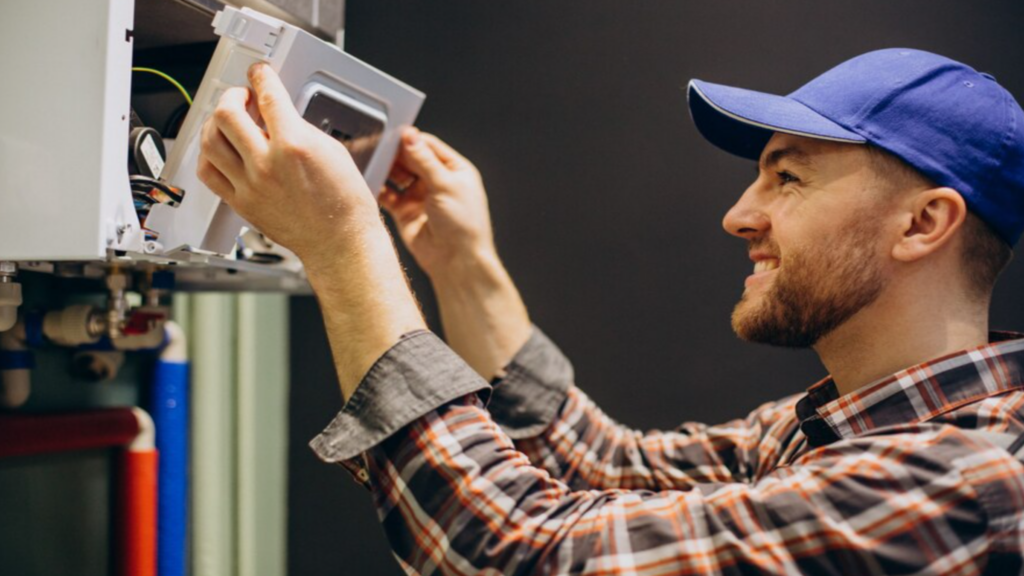
The new furnace is brought in and connected to the gas lines, electrical, venting and ductwork. Proper clearance must be maintained of combustible surfaces. All connections should be tested for leaks and secured.
After installation, the furnace will need to be inspected by the local building inspector. This ensures proper installation according to code. The inspector will test all components and sequences during operation.
Once approved, the furnace can be officially put into service. The technician will verify temperature rise, airflow, gas pressure and combustion. Some local rebate programs also require a third-party energy rater to inspect and verify the furnace’s efficiency rating.
Proper permitting, installation, and inspection ensures your new furnace will operate safely, efficiently and reliably. Taking the time to have certified professionals handle the process is worth the investment.
Maintenance
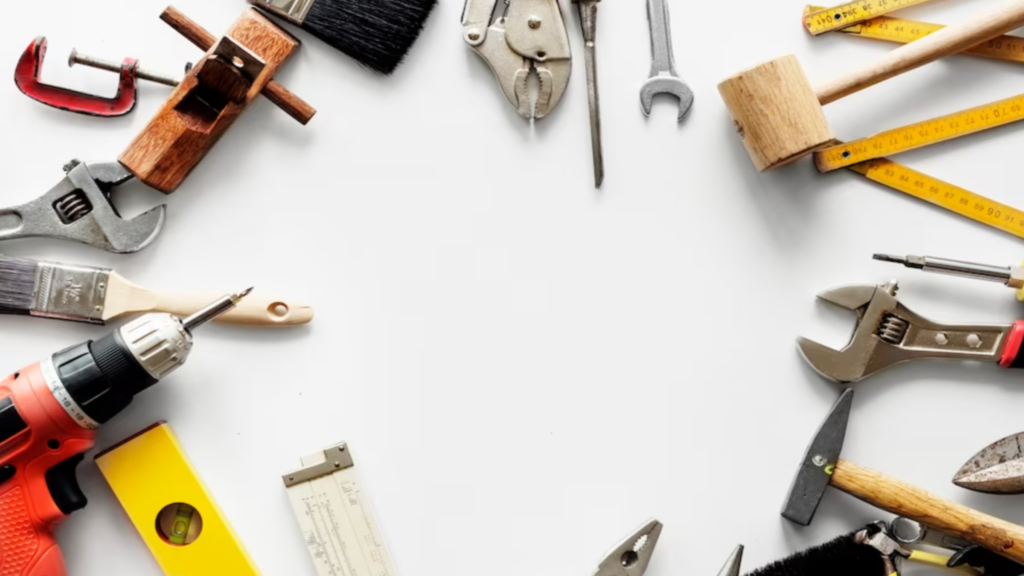
To keep your furnace running efficiently and safely, it’s important to perform regular maintenance. This involves simple tasks that you can do yourself or hire a professional for.
Filter Changes
- Change or clean the furnace filter every 1-3 months during the operating season. A dirty filter will restrict airflow and cause the system to work harder.
- Use the manufacturer’s recommended filter type and size. Pleated filters are better at capturing dust and allergens.
Annual Inspections
Hire an HVAC technician to do annual furnace inspections before each heating season. They will:
- Clean and adjust components
- Inspect the heat exchanger, burner, wiring, and vents
- Test for carbon monoxide
- Diagnose problems
Cleaning
- Use a soft brush attachment and vacuum to gently clean around the furnace exterior and vents. This removes dust and debris that can restrict airflow.
- Clean the blower compartment per manufacturer guidelines, usually by vacuuming.
- Never attempt to clean inside the furnace yourself, as there are hazardous components. Leave internal maintenance to professionals.
Proper maintenance will extend the furnace lifespan, reduce energy bills, and prevent unexpected breakdowns. It gives you peace of mind knowing your system is operating safely and efficiently.
Is it Worth it?

When determining if a new furnace is worth the cost, it’s important to consider both the long-term cost savings and the potential increase in your home’s value.
Many homeowners focus solely on the upfront cost of a new furnace. While it’s a significant investment, you’ll likely recoup much of that expense over time in energy savings. High-efficiency furnaces can cut your heating costs by up to 30%. With energy prices often rising, you may see payback in as little as 5-7 years.
Replacing an old, inefficient furnace with a new ENERGY STAR model also enhances your home’s value. Not only does it signal upgrades, but buyers also know it comes with lower energy bills. This increased appeal can boost your home’s resale value above the cost of the new furnace installation.
For many homeowners needing a replacement, the long-term savings and asset boost make investing in a new, high-efficiency furnace well worth the upfront cost. Carefully weighing these benefits against expense can help you decide if an upgrade is right for your home and budget.
Understanding New Furnace Costs
Replacing your old, inefficient furnace with a new, energy-efficient model can provide many benefits. Throughout this article, we’ve explored the average costs of a new furnace, ways you can save on installation, and the value of upgrading to a more efficient system.
The main factors that influence the cost of a new furnace include the unit size, efficiency rating, brand, and any additional features. On average, a new gas furnace will cost between $2,000 and $6,000 installed. There are rebates and tax credits available that can help offset some of these expenses.
Upgrading to a more energy-efficient furnace can save you money on your energy bills over time. New models with AFUE ratings of 90% or higher will use less fuel to heat your home. You’ll also benefit from advanced features like variable-speed motors that improve temperature control and air circulation.
While the upfront costs may seem high, a new high-efficiency furnace is a smart investment that can provide comfort and energy savings for many years to come. With proper maintenance, a new unit should last upwards of 20 years. In the long run, you’ll save money, and your home will stay warm with a reliable heating system. For more information on high-efficiency furnaces and the costs of a new unit, contact one of our expert energy advisors and they will be more than happy to assist you.
Related Posts
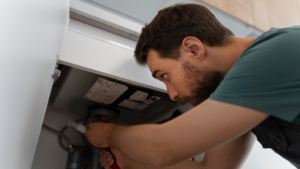
Do You Need a Furnace Tune Up?
Is it time for a furnace tune up? Recognize the signs and boost efficiency with annual maintenance for reliable performance.
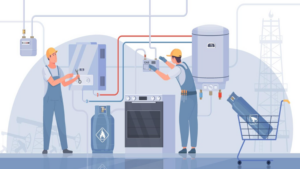
Furnace Maintenance Tips for the Winter
Prepare for winter—ensure your furnace is set with key maintenance tips: filter changes, thermostat inspections, and regular checks.
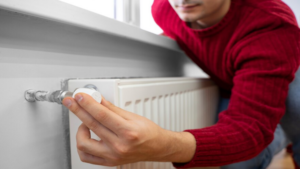
Why You Should Buy Instead of Renting a Furnace
Buying or renting a furnace? Compare costs, maintenance, and convenience to decide. Expert HVAC advice included.

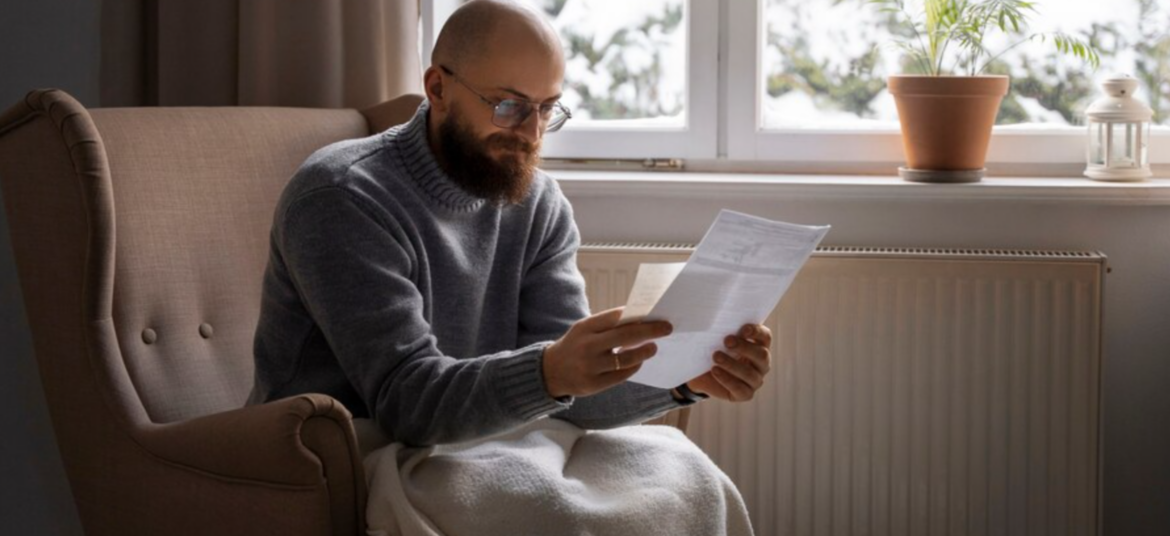
No Comments